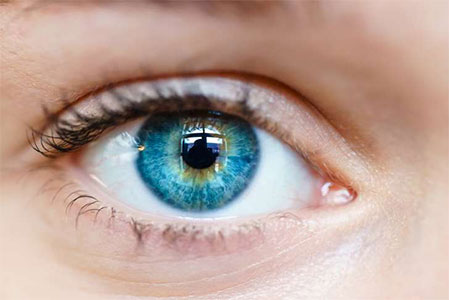The spectrum of solar radiation includes all the radiant energy that comes from the sun and reaches the earth’s surface
The light that reaches and penetrates the human eye is divided into visible spectrum (400-800nm) and non-visible spectrum.
The non-visible spectrum is composed of radiation with a wavelength <400 nm (ultraviolet or UV) and> 800 nm (infrared or IR). IRs tend to alter the tear film that covers the surface of the eye.
What are UV rays?
UV rays are the most dangerous because they are equipped with greater energy, moreover with the altitude they increase in intensity and penetrate through the clouds. Excessive exposure to these rays, without the use of adequate protection, is very harmful to the eye and is equally risky for skin health.
UV rays are divided into:
UVA : which are absorbed, for the most part by the crystalline lens, which yellow and ages prematurely.
UVB : they are almost completely absorbed by the cornea.
UVC : these rays are very dangerous for humans, but they are blocked by atmospheric ozone.
The UV Index:
The UV Index indicates the intensity of the solar ultraviolet radiation that reaches the earth. It is also used internationally to inform about the possible risk deriving from excessive sun exposure.
It is essential to remember that in the summer months, between May and September, the UV index records the maximum values.
It therefore becomes essential to protect yourself adequately!


